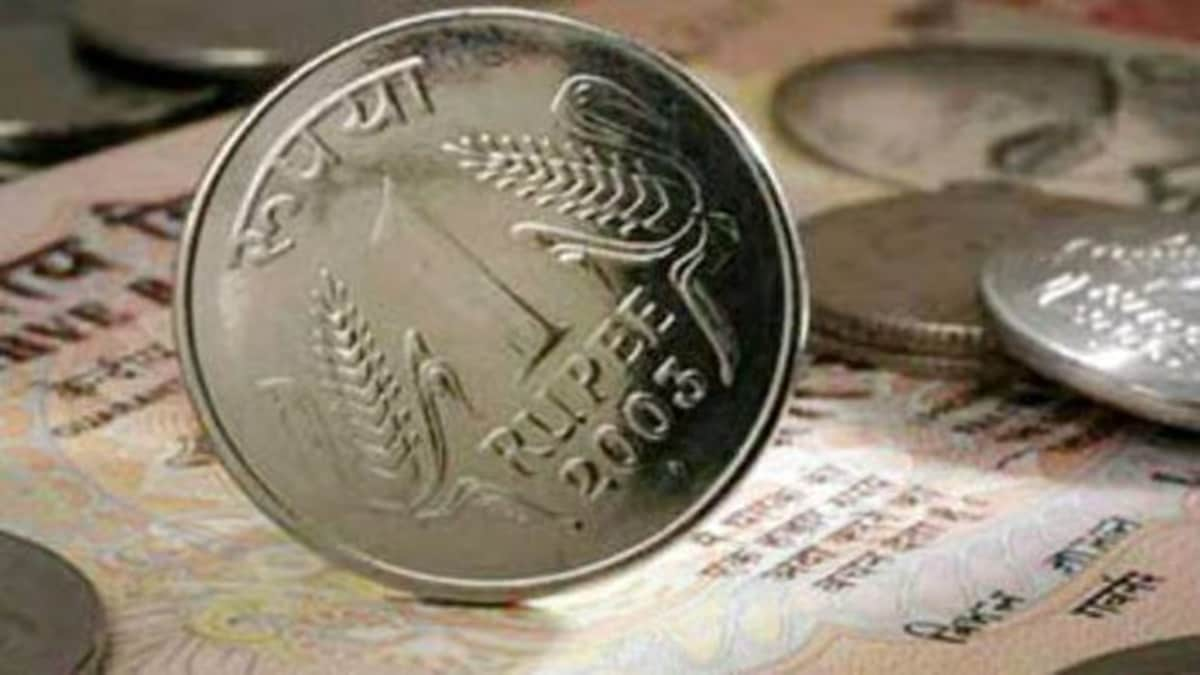The Indian rupee experienced a significant drop on Monday, depreciating by 45 paise to settle at 87.33, marking its most substantial single-day decline since February 25. This downturn was primarily driven by heightened demand for the US dollar, influenced by the maturity of positions in non-deliverable forwards (NDF) and a decline in the Chinese yuan. Even with a weaker dollar, the rupee faced pressure from oil companies seeking dollars amidst fluctuating crude prices and a downturn in the equity markets.
Factors Influencing the Rupee’s Decline
Recent reports have highlighted that the Indian government plans to purchase $25 billion worth of crude oil annually from the US, with an initial $2 billion transaction scheduled for March. A forex trader from a foreign bank noted that this news contributed to the rupee closing at 87.20 in the NDF market.
- Key Stats:
- Rupee opened at 87.24 and hit a low of 87.36 during the day.
- RBI made a brief intervention at 87.35, but it lacked aggression.
- The dollar index was down 0.1% at 103.7.
Equity Market Impact
The rupee’s decline coincided with a downward trend in the equity markets, as the Sensex fell by 217.41 points (0.29%) to close at 74,115.17, and the Nifty dropped 92.20 points (0.41%) to 22,460.30. Additionally, Brent crude prices saw a slight increase of 0.28%, reaching $70.56 per barrel, further contributing to negative market sentiment.
- Foreign Institutional Investors (FIIs):
- Sold equities worth Rs 2,035.10 crore on Friday, intensifying the rupee’s downward pressure.
Forward Premiums and Future Outlook
The dollar-rupee forward premiums have increased, with the one-year implied yield climbing 3 basis points to 2.14%. Traders are now closely monitoring upcoming US and Indian inflation data, which is expected to influence future policy rates.
The rupee has been struggling this year, emerging as the worst-performing currency in Asia, largely due to ongoing portfolio outflows and adverse global conditions. A report from Union Bank of India indicates that in the first two months of 2025, the rupee has depreciated more than half of what it did throughout all of 2024. As of March 10, the currency has already fallen 1.9% more than its total depreciation in 2023.
Conclusion
The current financial landscape poses challenges for the Indian rupee, with market volatility, equity sell-offs, and global economic factors all playing a role in its ongoing struggles. Investors and analysts alike will be watching closely as new economic data is released, which could provide insights into the future trajectory of the rupee.











